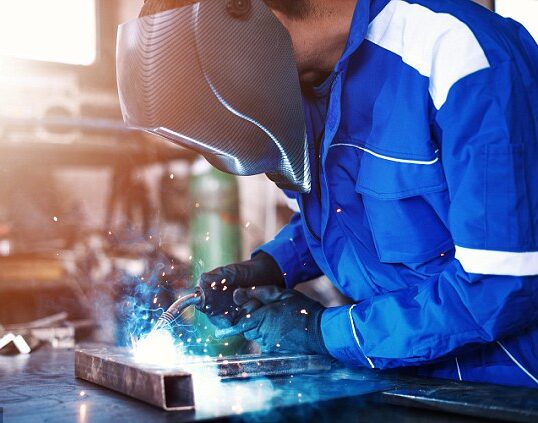Protective Clothing Keeping Contaminants off the Body
The right body protection to wear for each risk-assessed task is of vital importance in every work situation, particularly in work environments where it can be fatal if we get it wrong.
A huge number of people rely on protective clothing each day. For example, the coveralls, overalls or protective suits they wear are not just designed to protect a person’s own clothes and body, they can have other necessary functions such as keeping contaminants off the skin, resisting cuts and abrasions, prevent to accumulation of static charge on body, resisting heat, molten metal splash, or fire, protect from different types of harmful radiation, and clothes that providing protection against wide range of chemicals.
Coveralls can save lives and an employer must provide suitable protection from the relevant work hazards that can’t be eliminated, isolated or reduced to safe levels. Such hazards may include sparks and hot particles, molten metal splashes, direct flame, radiant heat, solvents, acids, alkalis, oil, grease, blood and body fluids, asbestos fibres and other substances.

You must to do risk assessment before choice of protection
To allow the right type of clothing to be chosen, all the various hazards in the workplace need to be carefully considered and risk assessed. This will enable the employer to assess which types of workwear are suitable to protect against the identified hazards, and for the job to be done safely, yet efficiently.
Working with chemicals
You must be aware of the specific chemical properties and dangers to successfully consider the proper safety clothing required in the circumstances. Do you need protection against skin contact or inhalation? Do you face danger of ingestion of a chemical substance? Is frostbite from very low temperature chemicals a threat?

Welders And Other Short-term High Heat Workers
Fabrics and coveralls should protect workers against short term contact with flames, convective heat, radiant heat as well as the harmful effects of metal splashes.
Protection against electric arc
Thermal protective garments against the hazards of an electric arc for electricity and cable workers are increasingly being considered in the legal provisions for health and employment protection, as well as the insurance liability of employers.
